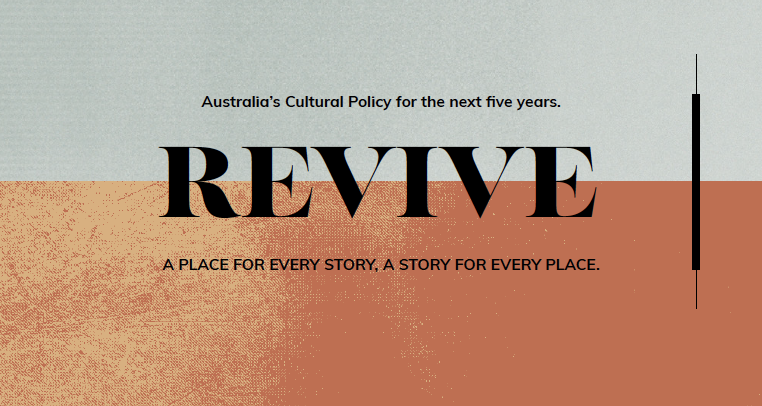Submission to the Senate Inquiry into the National Cultural Policy
March 2023
Dear Committee,
Thank you for the opportunity to make a submission to the Senate Standing Committees on Environment and Communications Inquiry into the National Cultural Policy.
We represent Reset Arts and Culture a collaborative group comprising the arts and cultural sector, policy makers and academics in South Australia. Reset is advocating for a break with the economic and social instrumentalism so dominant for 40 years, and seeking new concepts and language drawn from heterodox economics, feminism, Indigenous thought, and environmentalism to develop new understandings of arts and culture as part of the foundations of social life.
We welcome the new policy and the energy, optimism and funding it returns to the sector. Revive is a strong and ambitious document that reflects the voices of the sector and its audiences through consultation processes as well as an acknowledgement of the pain the sector has experienced recently. The policy document demonstrates a commitment to multiple perspectives sought through consultation and research.
We also appreciate the launch of the policy early in this term of government which could help embed the forward-thinking initiatives in the sector.
However, we contend that work will need to be done to ensure that the policy can be implemented in a timely and resourced way and in a manner supports a bipartisan approach to cultural policy so that Revive can set a foundation for the sector for decades to come.
We call on the government in implementing the policy to address climate justice which is conspicuously absent in the policy document. Art and culture and its workers and audiences cannot thrive on a decimated planet. We call for support to assist the arts and cultural sector divest from fossil fuel funding.
We strongly support the policy’s focus on the centrality of the artist, and of art as work. We are keen to see this principle embedded in every aspect of government, including for arts sector work to be recognised as mutual obligations in unemployment income support.
We appreciate the policy’s commitment to establish a Centre for Arts and Entertainment Workplaces that will focus on issues of “pay, safety and welfare” for artists. This tranche of work needs to go further, however, to establish legal frameworks for fair labour conditions for arts and cultural workers across the sector to make meaningful improvements to lives..
Further to this, we call for work towards a basic income for artists scheme (or trial) in Australia as well as more research into and trials and evaluations of programs such as job guarantees, fellowships and public employment schemes.
We welcome the investment in the Australia Council for the Arts, soon to be Creative Australia, but wonder what will the governance structures be, what will this change mean for art forms and peer assessment panels. Without the required resources for this change and good governance structures there is risk to the sector. We are concerned about the commercial partnerships remit of the new Creative Australia.
We continue to argue for a Cultural Ministry model for supporting the arts and cultural sector and we note that this was also recommended by the National Cultural Policy Advisory Group in their Independent Advice to the Minister for the Arts. A ministry model would better encompass the increasingly diverse and complex work of supporting the sector.
The public sector has been hollowed out by years of neglect, economic rationalization and privatisation. A reinvestment in the policy expertise and capabilities will take a strong investment and leadership and is desperately needed to support the sector to navigate the significant challenges it faces.
We note that the word value appears in the policy document frequently, including the term intrinsic value, which is a good sign for how the policy and its implementers will understand the value of arts and culture. The policy commits to expanding data available for decision-making and for communicating the benefits of arts and culture, which is important. However, we contend that the sector needs support for developing evaluation approaches and evaluative environments that are consistent with broader purposes, benefits and values of arts and culture and assess more forms of value than quantitative data exercises can provide.
As we have argued, “Art and culture should not be imagined as an industry primarily driven by private profit, but a diverse and interdependent ecosystem essential to the public life of contemporary democracies. No matter how it is delivered, art and culture’s primary value is its public value: it enriches us both individually and collectively.”
for Reset Arts and Culture
https://resetartsandculture.com/
